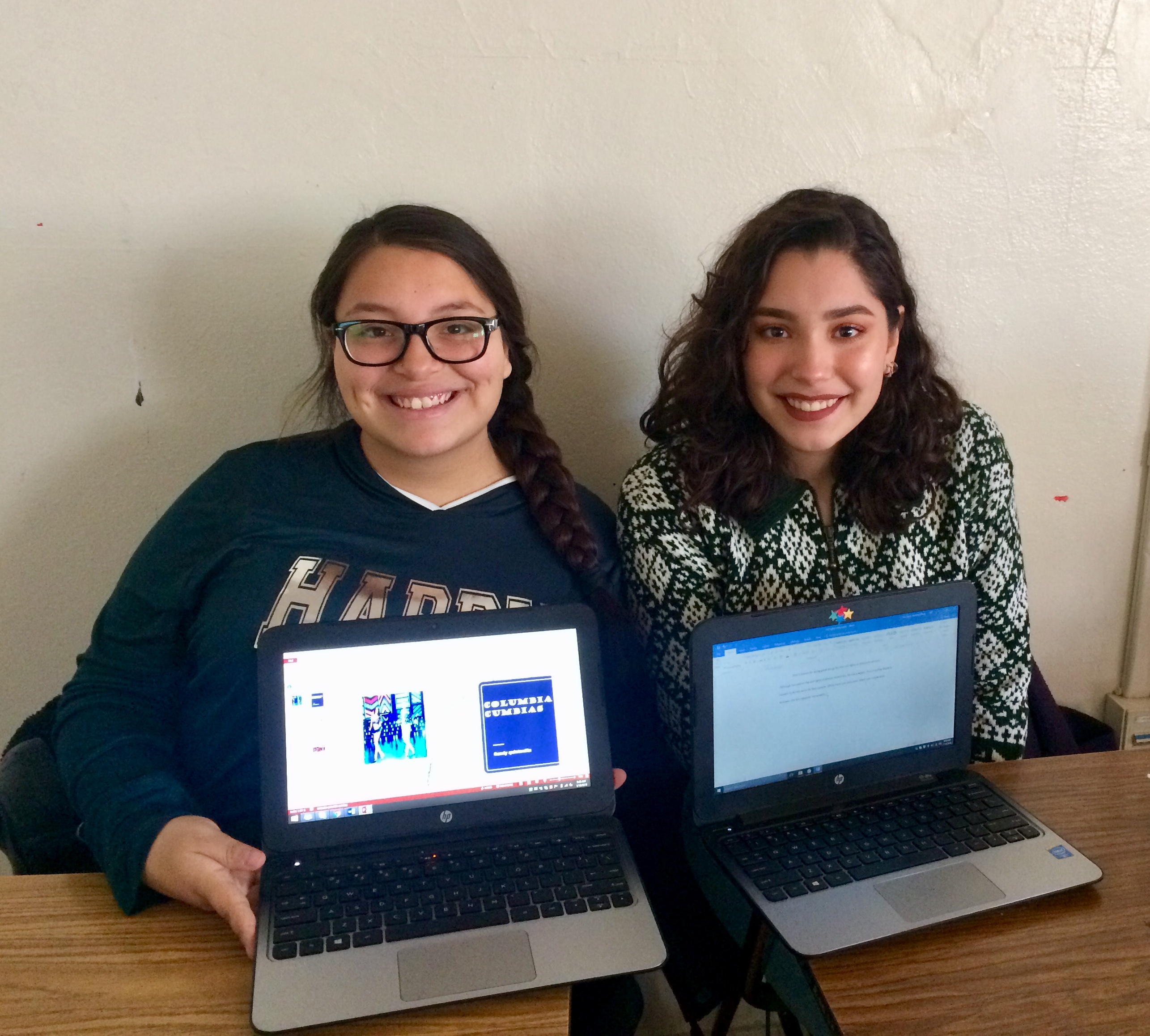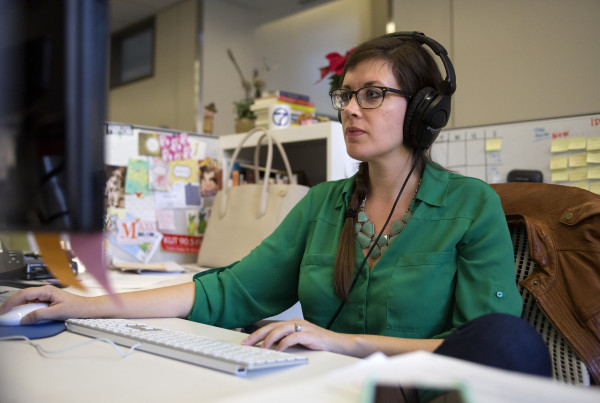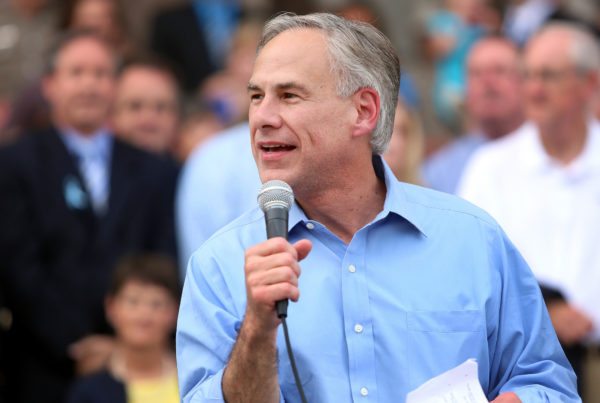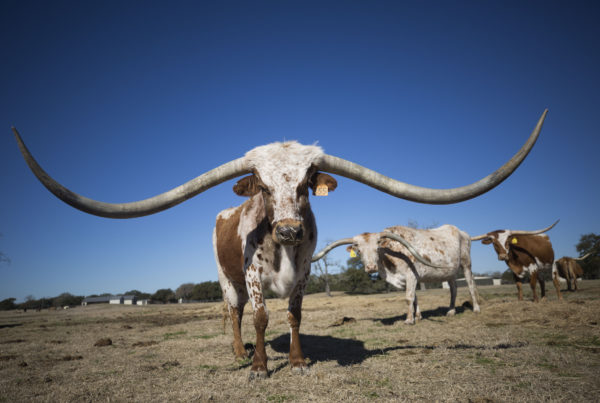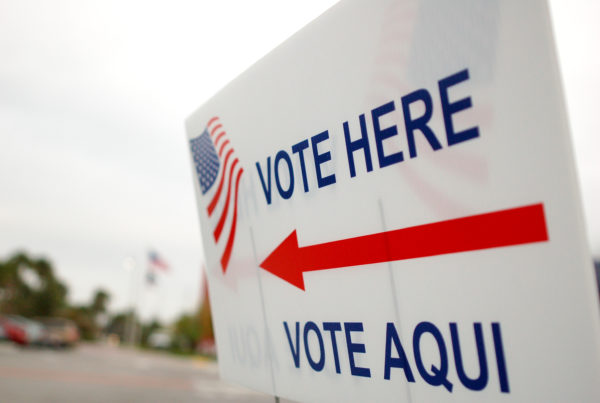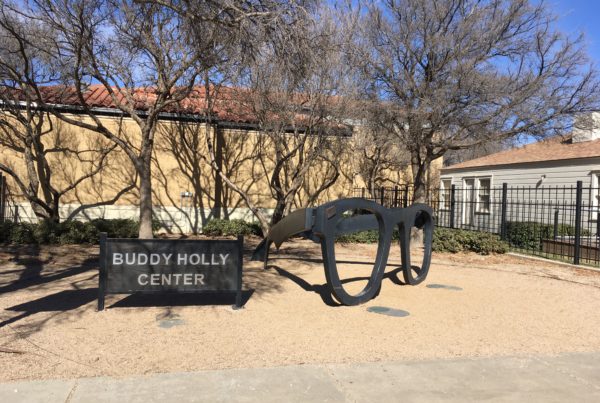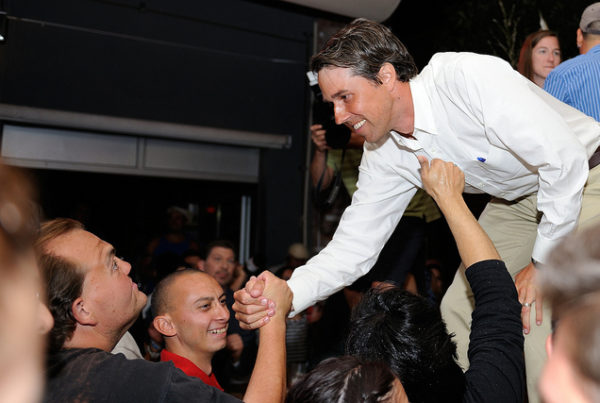Since the first big push for Chicano Studies in the 1970s, there’s been resistance – a fear that such courses would somehow dilute “real” U.S. history or even spark a separatist movement. Decades later, Mexican-American Studies is finally gaining traction in school districts across Texas.
This week, the State Board of Education discussed possibly coming up with curriculum standards for a Mexican-American Studies course. The current lack of statewide standards – or even a state-approved textbook – has been a big hurdle for school districts. If they want to offer the course, districts have to build it themselves.
Even in El Paso, a majority Mexican-American city, a handful of schools just started offering the class this year. El Paso faces the same challenges as other districts and some unique ones as well.
This story is about history class, so let’s start with a pop quiz. Which Texas figure is sometimes called the Latina Rosa Parks? Here’s a hint: she started a protest on the border between El Paso and Juarez when she refused to take a gasoline bath. Back then, it was required for Mexicans crossing the border, supposedly to kill lice.
Stumped? You’re not alone. Velma Sasser never learned about Carmelita Torres.
“I was like we have our own Rosa Parks?” she says. “I’ve lived in El Paso all my life. I’ve never heard of this.”
Sasser is Student Success Coordinator for El Paso ISD. She says when she was a kid, schools here didn’t cover this stuff. She didn’t learn about the protest until last summer, while helping local teachers develop a Mexican-American Studies curriculum.
“I was like this is an amazing story, but why have I never heard of it?” she says.
We’ll get into the why later. First, let’s stop by a classroom at Jefferson High School.
Students are typing diligently on their laptops. Senior Luciana Messina’s computer is covered with a burst of star stickers. She explains the class is writing about the Mexican-American civil rights movement and how it was inspired by the movement for black civil rights.
“We’re comparing the animosity and cooperation between the two movements,” she says. “And if there was, like, more of one or the other.”
Messina says she was skeptical last year, when a teacher urged students to sign up for a brand-new elective: Mexican-American Studies.
“He said you would learn a different side to your very own origin,” she says. “And that like intrigued me a little.”
Now, she says, she’s learning the juicy stuff that’s left out of other history classes.
Jefferson High School is part of El Paso ISD’s pilot Mexican-American Studies program. Two other high schools offer the course, and it’s integrated into a Texas history class at two middle schools. The goal is to eventually make it a graduation requirement for every student.
But why is this just now happening in El Paso?
Dennis Bixler-Marquez is director of the Chicano Studies program at the University of Texas at El Paso. “Ironically, proximity to the border and the 80-odd percentage of the population that’s of Mexican origin can always feel that well if I’m Rodriguez or I’m Martinez, I already know everything there is about this,” he says.
Velma Sasser, with El Paso ISD, says she hears similar comments.
“Sometimes when you do speak to people they do say well you live right on the border, you’re Mexican, you know this stuff,” she says. “Why would you have to learn it? We may be on the border but we have first, second, third, fourth generations here in El Paso.” They may be distanced from that history, just like she was.
Bixler-Marquez says, in the past, schools in cities like El Paso have mostly served to assimilate students.
“The school’s job is to Americanize, and that means that you treat the language and culture and so on of the group that’s coming from the outside as excess baggage,” he says.
Bixler-Marquez himself moved to El Paso from Mexico City when he was in seventh grade and says his new school taught the John Wayne version of Texas history, “that pretty much stereotypes and vilifies Mexicans.”
Decades later, at Jefferson High School, student Corina Paez is learning the opposite – how despite what you see in those John Wayne films, Mexicans played a huge role in defining cowboy culture.
“Basically the Latinos had cattle and horses and stuff, so when the whites came over here they learned from the Latinos actually,” she says.
Norma De La Rosa is president of the El Paso Teachers Association. She convinced the district to launch this pilot program.
“Our kids needs to learn that your culture had an influence on how the country was built,” she says.
Less than a year in, other schools are asking if they can start offering Mexican-American Studies. And if they need a spokesperson, senior Candy Quintanilla is their girl. She signed up for the elective at Jefferson High because it seemed like an easy A.
“I was like I’m Mexican,” she says. “I’m American. Why not take it? Free hundred.”
Since then, she says she’s actually learned just how much she doesn’t know. Quintanilla thinks every student deserves a chance to do the same.


